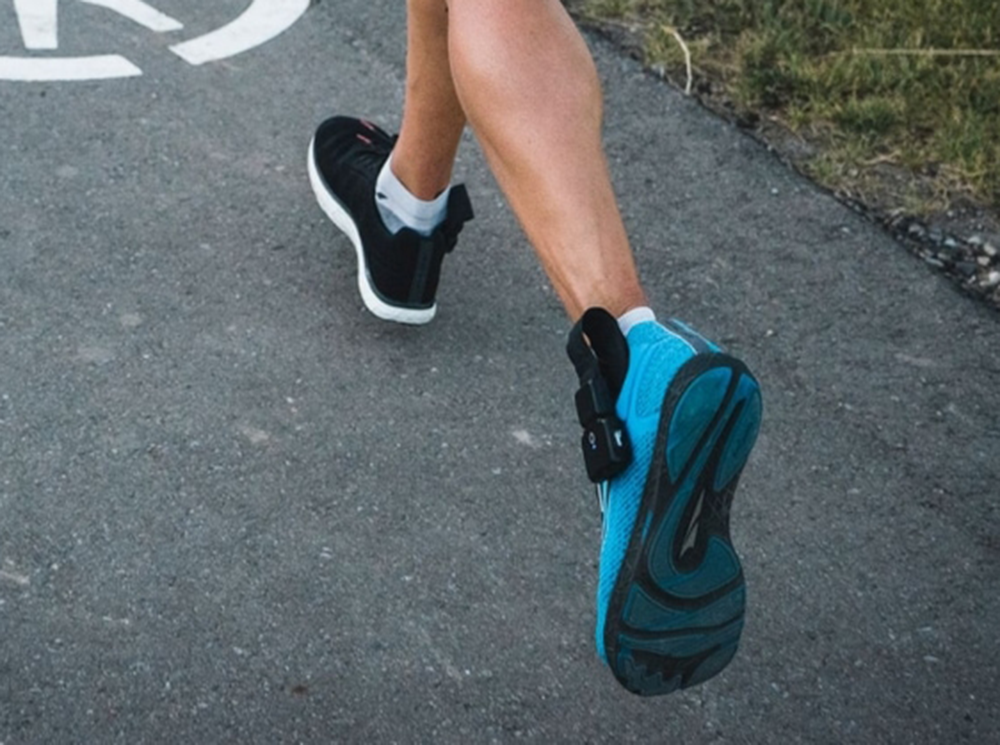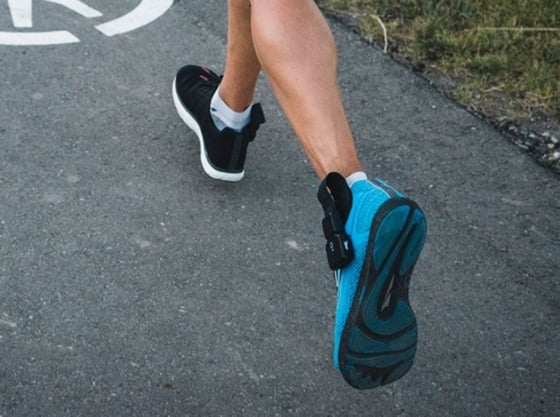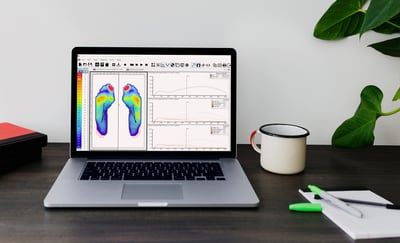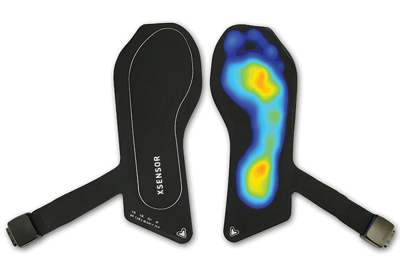
Using Plantar Pressure Analysis to Optimize Athletic Performance
Measuring and analyzing foot pressure can have career-changing impacts.
Human performance and human movement are intertwined—the manner of one’s gait, which includes walking, running and even jumping, has a significant impact on quality of life and athletic success. It's also valuable for assessing weight shifting activities like golf and baseball.
Each day, the average American takes 3,500 steps. Meanwhile, athletes will double—if not triple or quadruple—that step count. With data showing that healthcare professionals see well over 8 million sports and recreational injuries each year, there is a clear need for specialized attention to improving gait and movement.
There are several tools on the market designed to optimize human performance, with insole pressure mapping being one of the most effective.
A quality insole pressure sensor captures high-quality, accurate data for use in treatment plans. While many existing gait measurements and plantar pressure products fail to withstand the rigorous movement that performance optimizers want to measure, insole pressure sensors do.
XSENSOR’s high-sensitivity, high-accuracy insole pressure sensors are packed with benefits to help maximize performance. Using insole pressure mapping may change the game in your practice, and in the lives of your patients.

What is an insole pressure mapping sensor system?
To understand the benefits of insole pressure mapping, you first need to understand foot mapping sensor systems. These tools allow clinicians and sports scientists to assess foot function and optimization through data collected by sensors. The technology helps to uncover and inform the treatment of many issues, and can also help with optimizing speed, gait, walking balance or running form. Insole pressure mapping uses insole pressure sensors—sensors built into the insole of a shoe—to obtain data and provide real-time reporting to athletes and clinicians.
Benefits of Insole Pressure Mapping
Insole pressure mapping can benefit human performance in a number of ways with first-hand, real-time insight into gait and movement. As a method of measurement that stands up to the often-strenuous movement being measured, these sensors provide valuable data and insights.
- Collect plantar pressure data: Measuring the pressure on and against the foot in different types of movement can reveal a lack of balance, overcompensation, or uncover previously unknown injuries.
- Support treatment plans: A foot mapping sensor is an excellent method to validate existing treatment plans and evaluate their efficiency, while concurrently offering real-time, real-world research for creating new treatment plans.
- Improve speed: The data analysis given by a quality foot mapping sensor can be used to adjust movement and in turn improve speed. Data shows that just 0.25 seconds separate the world’s fastest sprinters, showing that small adjustments can have significant impacts.
- Gather a better understanding of biomechanics: Everyone has different gaits and manners of movement, and foot mapping sensors allow clinicians (and even patients) to gain a better understanding of their specific movement patterns.
- Analyze gait: Oftentimes, gait analysis methods don’t work in situations that align with performance—such as sprints or long runs—but foot pressure mapping systems allow for performance-aligned data procurement.
Using Insole Pressure Mapping Data to Maximize Human Performance
The tiny sensors within an insole are very powerful, and the data insights they provide allow clinicians and athletes to make informed decisions as they seek to maximize human performance. Insole pressure mapping can lead to outcomes such as:
- Validation of gait interventions
- Evaluation of orthotic effectiveness
- Reduction in injury risk
- Improvement of comfort
- Data procurement in a variety of environments
- Wireless and mobile capabilities of data procurement, when applicable
- Improvement of footwear design and choice
Insole Pressure Mapping System Technologies
When crafted properly, insole pressure sensors and insole pressure mapping systems can be incredibly valuable. An effective insole pressure mapping sensor will offer high-level sensors that stand up to real-world testing; in the world of athletes, this involves pounding feet on a track, road or treadmill. XSENSOR’s insole pressure mapping system technology stands out in this area: our intelligent dynamic sensing allows for elevated human performance, without folding under pressure. And the physical product must accommodate capturing natural gait (not impeded by the measuring device) in the environment where the activity takes place.

XSENSOR’s Insole Pressure Mapping: Gait & Motion Research Insoles
Capturing lab-quality detail in the field—and being able to use it—is key to truly optimizing your patients’ movement. XSENSOR’s Intelligent Insoles | manages to strike the important balance between discrete, move-with-you sensing and accurate data collection. Its reliable, durable insole sensors do everything from evaluating gait to measuring foot function and plantar pressure. With data collection happening in real time, you and your athletes will reap the benefits, and quickly.
Optimizing your patients’ movement to help them achieve their goals—whether as athletes or everyday people—is a priority for you and for us. Contact XSENSOR today, and we’ll work together to integrate data-first insole pressure sensors into your practice.


